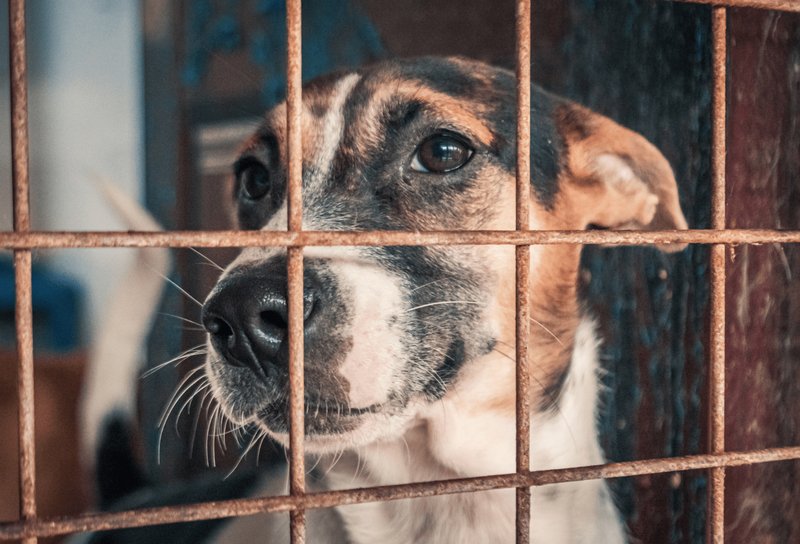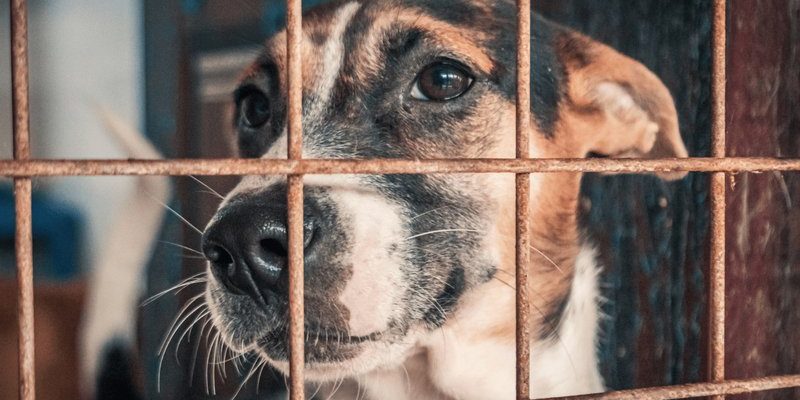
Imagine your outdoor kennel is like a cozy little village. You wouldn’t want any uninvited guests crashing the party, right? That’s exactly how you should think about preventing wolf worm infestations. Taking proactive steps can protect your pets from these parasites and keep your kennel a happy, healthy place. In this guide, we’ll walk through various methods and tips to safeguard your outdoor spaces. By the end, you’ll be armed with knowledge to keep those pesky worms at bay.
What Are Wolf Worms and How Do They Invade?
You might be wondering what exactly wolf worms are. These are the larvae of the *Cuterebra* fly, which often targets small mammals, including rabbits and rodents. When adult flies lay their eggs, they usually do it in areas where their preferred hosts roam. Once the eggs hatch, the larvae look for warm-blooded animals to burrow into. This unwelcome intrusion can lead to severe injuries for your pets.
Once these worm-like invaders find a home inside your pet, they can cause significant discomfort and potential health risks. The larvae can grow inside the skin, and eventually, they create a hole to breathe. It’s quite a sight, and definitely not something you want your dog to experience. Keeping your kennel clear of small animals and maintaining cleanliness can help in avoiding these infestations.
Creating a Clean and Safe Environment
A clean kennel is the first line of defense against wolf worm infestations. Start by regularly cleaning the kennel area. This includes:
- Picking up any waste promptly, as animal droppings can attract the flies.
- Removing food scraps or debris that may attract rodents.
- Cleaning bedding often to keep everything fresh and less inviting for insects.
Think about it like this: just as you wouldn’t leave crumbs out for ants, you need to keep your kennel tidy to avoid attracting unwanted pests. In addition to cleaning, regularly inspect the area for any signs of rodents or other animals. If you see any visitors, take steps to remove or deter them.
Implementing Physical Barriers
While cleanliness is vital, physical barriers can add another layer of protection. Consider fencing your kennel securely. A **strong fence** can prevent wild animals from wandering in. Make sure to check for gaps or weak points in the fence regularly. If an animal can squeeze through, it is just a matter of time before the wolf worms follow.
Moreover, using fine mesh or netting around the kennel can help keep smaller creatures out. Think of it as building a protective dome. This isn’t just about preventing flies; it’s about creating a fortress for your furry friends.
Keeping Your Pets Checked and Healthy
Regular veterinary checkups are crucial in keeping your pets safe from wolf worms. You should consult your vet about preventive measures, such as vaccines and treatments that can help your pets resist infestations. Getting your pets checked for signs of wolf worms or other parasites can save you a lot of headaches down the line.
Don’t forget to monitor your pets closely for any unusual behavior. If your dog is scratching excessively or seems uncomfortable, it might mean something is off. Early detection is key, and your vet can guide you on the next steps.
Natural Remedies and Deterrents
There are natural ways to keep wolf worms and other pests away. For example, certain plants can act as repellents. Plants like **lavender** and **rosemary** have scents that many bugs dislike. Planting these around your kennel can create a lovely atmosphere while also keeping pests at bay. Just imagine your outdoor space filled with beautiful plants that bring sweet scents and act as a shield.
Additionally, using essential oils—diluted of course—can also help create a barrier. Be cautious and check with your vet to ensure whatever you use is safe for your pets.
Understanding the Seasons
Seasonality plays a significant role in wolf worm infestations. Typically, the risk increases during warmer months when flies are more active. In the summer and spring, make sure you’re taking extra precautions, as this is when you’re likely to see more of these pests around.
Consider implementing a seasonal checklist. During the warm months, ramp up your vigilance by cleaning more often, checking for gaps, and keeping an eye on wildlife around your kennel. When the temperatures drop, continue with preventative measures, but you can ease up a little on some aspects.
Educating Yourself and Others
Knowledge is power! Understanding wolf worms and how they operate can greatly boost your defenses against them. Share what you learn with fellow pet owners. You can even organize community clean-up days to spread awareness about maintaining clean environments. The more people know, the safer our pets will be.
You might also want to check local resources or online forums to stay updated on any wolf worm outbreaks in your area. There’s something encouraging about being part of a community that cares for each other’s pets.
Preventing wolf worm infestations in outdoor kennels requires a combination of cleanliness, vigilance, and sometimes creativity. By creating a safe environment, implementing physical barriers, and keeping your pets healthy, you’ll significantly reduce the chances of an infestation.
Remember, it’s like building a cozy fortress for your furry friends. With the right steps, you can keep uninvited guests at bay and ensure that your pets can enjoy their time outdoors, stress-free. Stay proactive, educate yourself, and your kennel can remain a haven for your beloved companions!

